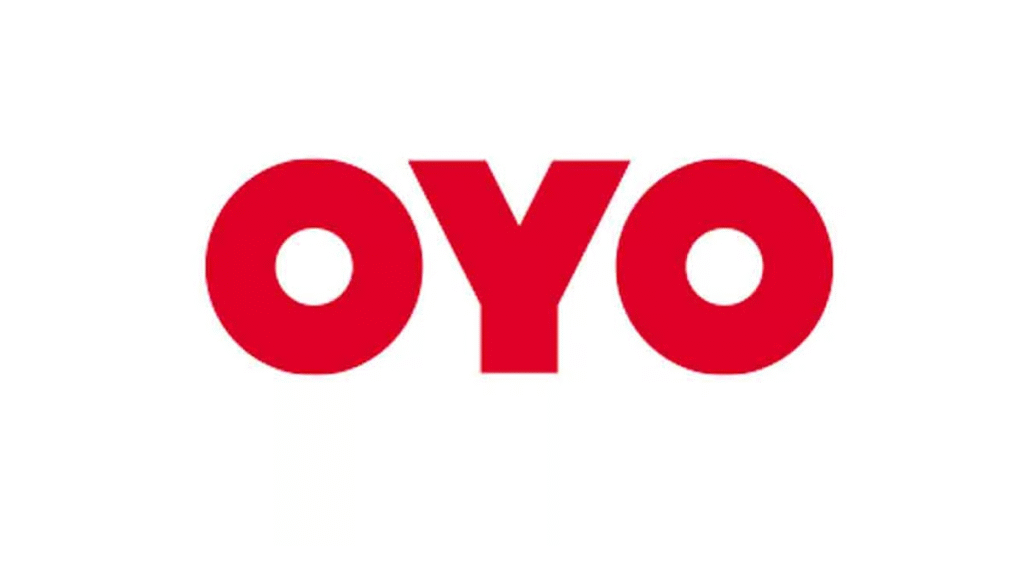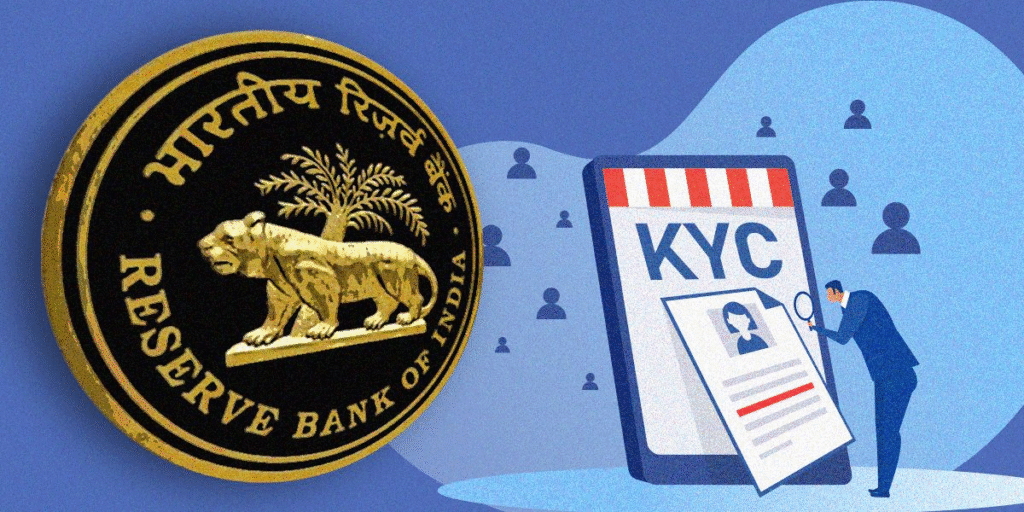
The financial and corporate sectors in India are no strangers to reformative directives and bold entrepreneurial moves. The Reserve Bank of India (RBI), a key regulator of the country’s financial ecosystem, has recently issued a significant directive aimed at Non-Banking Financial Companies (NBFCs). Concurrently, Oyo, the hospitality unicorn, is preparing for its third attempt at an Initial Public Offering (IPO). These developments are poised to reshape the dynamics of their respective domains and provide key lessons for stakeholders navigating India’s evolving economic landscape.
RBI’s Directive to NBFCs: A New Era of Financial Oversight
In a bid to enhance financial stability and ensure robust compliance mechanisms, the RBI has introduced a directive mandating more stringent regulatory requirements for NBFCs. This move comes amidst growing concerns about financial vulnerabilities within the sector, which has been under scrutiny due to its pivotal role in credit distribution and economic growth. NBFCs act as an essential bridge between banks and borrowers, particularly in sectors underserved by traditional banking institutions.
Strengthening Risk Management
The RBI’s directive emphasizes comprehensive risk management frameworks. NBFCs are now required to adopt advanced risk assessment tools and strategies to proactively identify, assess, and mitigate risks. These measures are designed to mitigate systemic risks, particularly in the wake of rising defaults and liquidity challenges that have plagued the sector in recent years.
One of the core elements of the directive is the focus on transparency. By mandating detailed disclosures, the RBI aims to ensure that stakeholders, including investors, regulators, and customers, have a clear understanding of the financial health and operational practices of NBFCs. This step is expected to build trust and attract more institutional investments into the sector, bolstering its credibility.
Technological Integration and Modernization
The directive also encourages NBFCs to integrate cutting-edge technologies into their operations. Digital tools such as Artificial Intelligence (AI), Machine Learning (ML), and Blockchain can enhance risk analysis, streamline lending processes, and ensure better compliance with regulatory norms. This push toward digital transformation not only aligns with global best practices but also positions Indian NBFCs to compete on a global stage.
Impact on Lending Practices
The directive addresses the lending practices of NBFCs in detail. Stricter norms have been set for credit appraisal and monitoring. This is expected to curb reckless lending, which has been a major contributor to the accumulation of bad loans. By introducing these measures, the RBI aims to create a balanced lending ecosystem that prioritizes sustainability over aggressive growth.
Moreover, the RBI has introduced a cap on certain types of loans to prevent overexposure to high-risk sectors. This move is particularly significant in light of past crises where over-reliance on specific industries led to widespread defaults. The directive also mandates NBFCs to maintain higher capital adequacy ratios, ensuring that they are better equipped to absorb financial shocks.
Oyo’s Third IPO Attempt: A Journey of Resilience
In parallel, Oyo Rooms, a prominent name in the global hospitality industry, is gearing up for its third attempt at launching an IPO. After facing setbacks in its previous endeavors, the company is now looking to capitalize on favorable market conditions and showcase its growth story. The narrative around Oyo’s IPO is not just about raising capital; it’s about signaling a revival and reinvention.
The Road to Recovery
Oyo’s journey has been marked by resilience and adaptability. The company has weathered challenges ranging from regulatory hurdles to the pandemic-induced slowdown in travel and tourism. Despite these obstacles, Oyo has managed to rebound by focusing on operational efficiencies, cost-cutting measures, and technological advancements.
One of the key strategies adopted by Oyo during its recovery phase was diversification. The company expanded its portfolio to include long-term stays, co-working spaces, and premium properties, catering to a broader customer base. This diversification not only stabilized revenues but also showcased Oyo’s ability to adapt to changing market dynamics.
The upcoming IPO is expected to highlight Oyo’s transformation from a cash-burning startup to a profitable entity. According to sources, the company has recorded significant improvements in its financial metrics, including reduced losses, increased revenue per available room (RevPAR), and higher occupancy rates. These metrics will be a key selling point for potential investors.
Strategic Market Positioning

To ensure the success of its IPO, Oyo has adopted a strategic approach to market positioning. The company has redefined its brand image by emphasizing its role as a tech-driven hospitality platform. This narrative aligns with investor expectations of scalability and innovation, making Oyo an attractive proposition in the public markets.
Additionally, Oyo has strengthened its corporate governance structure by appointing experienced professionals to key positions. This move is aimed at addressing past criticisms regarding transparency and decision-making processes. By showcasing a robust governance framework, Oyo seeks to instill confidence among investors.
The Intersection of Regulation and Innovation
The simultaneous emergence of the RBI’s directive and Oyo’s IPO attempt underscores a broader theme in India’s economic landscape: the interplay between regulatory oversight and entrepreneurial aspirations. While the RBI’s measures aim to stabilize the financial sector, companies like Oyo exemplify the spirit of innovation and risk-taking that drives economic growth.
Implications for Stakeholders
The RBI’s directive is expected to have far-reaching implications for NBFCs, investors, and borrowers. By fostering a culture of accountability and prudence, the new regulations could pave the way for a more resilient financial system. On the other hand, Oyo’s IPO is likely to inspire other startups to explore public listings, contributing to the deepening of India’s capital markets.
Investor Sentiment and Market Dynamics
For investors, these developments signal a maturing market where opportunities come with a greater emphasis on sustainability and long-term growth. The RBI’s directives aim to protect investor interests by ensuring the stability and transparency of NBFCs. Similarly, Oyo’s IPO presents an opportunity to invest in a company that has demonstrated resilience and adaptability.
Challenges and Opportunities
Both the RBI’s directive and Oyo’s IPO attempt come with their own set of challenges and opportunities. For NBFCs, adapting to the new regulatory framework will require significant investments in technology and compliance infrastructure. This could strain smaller players in the sector, potentially leading to consolidation.
Similarly, Oyo faces the task of convincing skeptical investors about the sustainability of its business model. While the company’s improved financial metrics are promising, concerns remain about its ability to maintain profitability in a highly competitive and fragmented market.
Despite these hurdles, the overarching narrative is one of progress and optimism. The RBI’s proactive measures and Oyo’s determined efforts reflect a shared commitment to building a robust and dynamic economic environment in India.
Industry-Wide Impacts and Trends
The developments surrounding the RBI’s directive and Oyo’s IPO are indicative of larger trends in India’s financial and corporate sectors. The increased emphasis on regulatory compliance and technological integration is expected to redefine industry standards. At the same time, the growing interest in public listings reflects a shift in the mindset of Indian startups, which are increasingly looking to the stock market as a viable funding avenue.
Role of Policy in Shaping the Future
The role of policy in shaping the future of India’s economic landscape cannot be overstated. The RBI’s directive is a prime example of how regulatory interventions can drive positive change. By setting higher benchmarks for accountability and risk management, the directive aims to create a more resilient financial ecosystem.
On the corporate front, policies supporting entrepreneurship and innovation can encourage more companies to explore IPOs. Initiatives such as startup incubators, tax incentives, and simplified listing procedures can further enhance India’s appeal as a hub for innovation and investment.
Looking Ahead
As the financial and corporate sectors navigate these transformative changes, the spotlight remains on their ability to adapt and thrive. The RBI’s directive to NBFCs and Oyo’s IPO endeavor are more than just isolated events; they are milestones in India’s journey toward becoming a global economic powerhouse.
Conclusion
The convergence of regulatory reforms and entrepreneurial ambitions is a testament to the resilience and dynamism of India’s economic fabric. By fostering a culture of accountability and innovation, these developments hold the promise of a brighter and more prosperous future for all stakeholders involved. As the nation continues to balance the scales of regulation and growth, the lessons from these initiatives will serve as guiding principles for a sustainable and inclusive economic trajectory.

